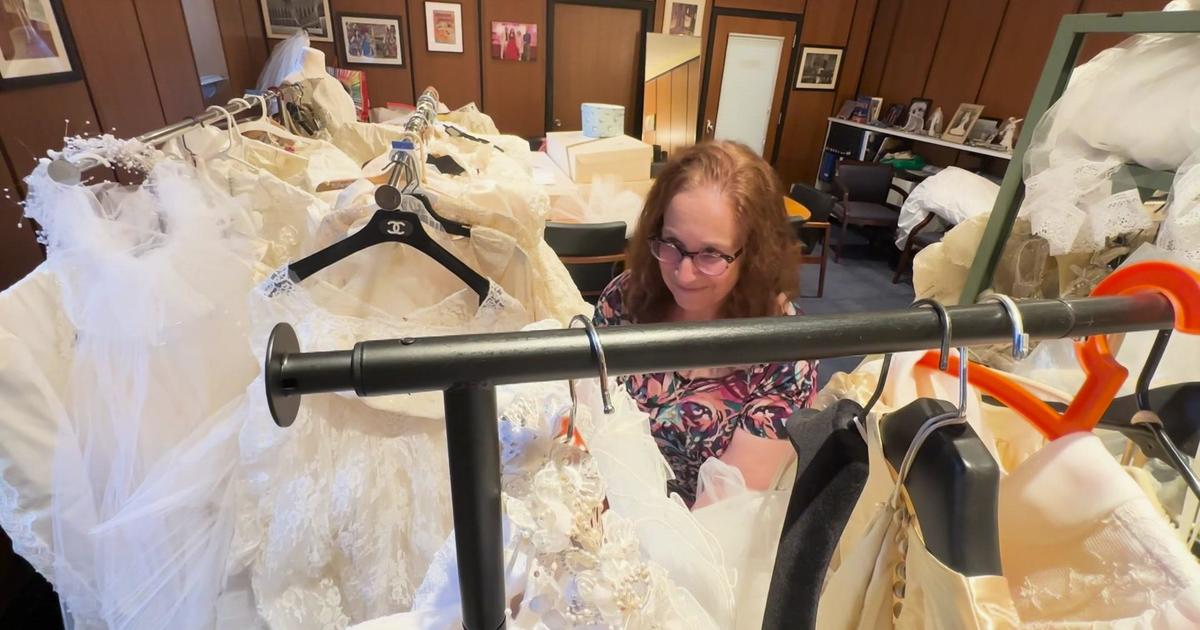Black History Is Our History: MLB Working To Incorporate Negro League Stats Into Official Record
MONTCLAIR, N.J. (CBSNewYork) -- The Negro Leagues not only innovated America's pastime, it captivated audiences, and now the star power of its players is finally getting its rightful place in the record books.
The centennial anniversary of the Negro Leagues was celebrated in 2020.
"It was faster. It was more daring ... a different kind of athleticism that was going on on the field that you didn't see as often in Major League Baseball," said Eve Schaenen, executive director of the Yogi Berra Museum.
The story of ingenuity, resilience and sheer talent is now on display at the Yogi Berra Museum in Montclair.
The exhibit is on loan from the Negro Leagues Baseball Museum in Kansas City, Missouri.
"If this is our country's pastime, it seems like it has to be inclusive of everyone," Schaenen said.
While Jackie Robinson broke Major League's color barrier in 1947, decades later, not every aspect of the game was integrated -- until now.
John Thorn is the official historian for Major League Baseball.
"We made a mistake. We acknowledge it. This is not merely an act of contrition but a matter of reconciliation," Thorn told CBS2's Aundrea Cline-Thomas.
As a result, Major League Baseball is now working to incorporate Negro League stats from 1920 to 1948 into the official record.
"I heard it on the news like most of us did, and I was bowled over," said Larry Doby Jr.
Doby's father, who he is named after, was a hard-hitting second baseman for the Newark Eagles in the 1940s.
Larry Doby Sr. became the second Black player to enter the big leagues, only three months after Jackie Robinson, and spent most of his time in Cleveland. He's one of four people to play in both the Negro Leagues and the Major League World Series.
Now, his entire career milestones will be side by side with his white counterparts'.
"It justifies all those people who played in those leagues. The shame obviously is that there's nobody left. Or extremely very few. That is the shame," Doby said.
Now the work is being done to compare statistics and determine which ones count, especially considering the record-keeping for the Negro Leagues was not entirely complete.
"The record keeping in the 1920s was terrific ... The record keeping in the 1940s was horrible," Thorn said.
Website Seamheads.com compiled a database of Negro League stats that Major League officials are now using to apply to the record.
"They faced the discrimination where they couldn't eat in the restaurants ... and they'd have to send somebody in the back of the kitchen to get the food to bring to the bus because they couldn't eat and the hotels, they faced all that, but they did it together," Doby said.
How could a number even begin to account for the hardships Negro League players boldly and bravely endured?
"What do you think that he would say?" Cline-Thomas asked.
"He would have said about time. Or I think he would have said, you know you're not telling me anything I didn't know," Doby said.
It's an overdue reckoning for baseball, not thousands of players who knew their worth and had already solidified their place in history.
The inclusion of the Negro Leagues' stats could change the leaderboards, especially for earned run and batting averages.



